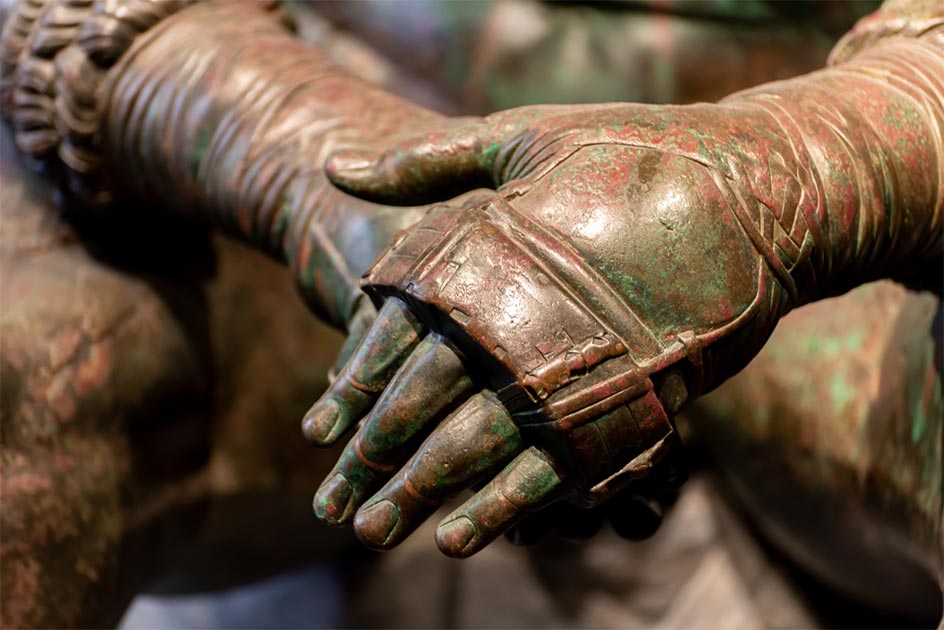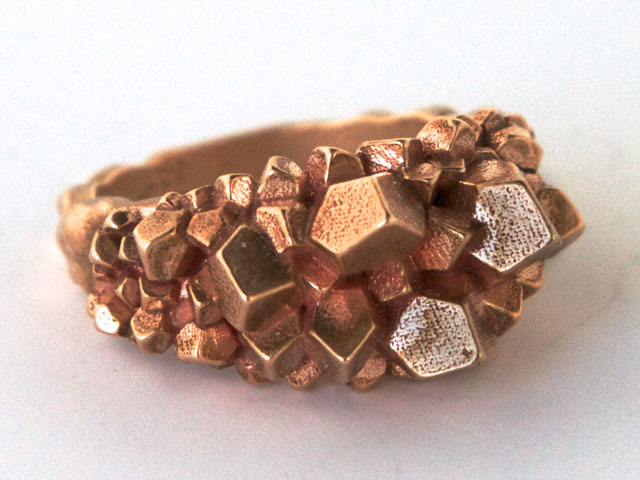Unveiling The Enduring Appeal Of A Bronze Statue Of A Woman
Have you ever stopped to truly appreciate a beautiful piece of art, perhaps a magnificent bronze statue of a woman? There's something quite special about these figures, isn't there? They stand tall, often with a quiet strength, holding stories from across time. This kind of artwork truly speaks to us, showing a mix of human skill and lasting material. So, in some respects, these pieces are more than just art; they're moments frozen in time.
These captivating works, whether depicting a goddess, a historical figure, or an everyday person, carry a weight of history and artistry. The material itself, bronze, has played a crucial part in human expression for thousands of years. It offers a unique blend of durability and the ability to capture fine details, making it a favorite for sculptors through the ages. You know, it's pretty amazing how something so old still feels so relevant today.
Today, in 2024, the allure of a bronze statue of a woman remains as strong as ever. People are still drawn to their timeless elegance and the way they represent both power and grace. This article explores the fascinating world behind these sculptures, from the very material they're made of to their lasting impact on our culture. We will, in a way, uncover what makes them so special.
Table of Contents
- What is Bronze, Anyway?
- Why Bronze for Figures of Women?
- A Look Back at History: Bronze Through the Ages
- How These Statues Are Made
- The Lasting Impact and Stories They Tell
- Caring for Your Bronze Art
- Frequently Asked Questions About Bronze Statues
What is Bronze, Anyway?
When we talk about a bronze statue of a woman, we're really talking about a material with a deep and interesting past. Bronze, as a matter of fact, is an alloy. It's not a pure metal on its own. Traditionally, it's made mostly of copper mixed with tin. Imagine taking two different metals and combining them to make something even better.
Modern bronze, typically, is about 88 percent copper and roughly 12 percent tin. However, it can also include other elements like aluminum, manganese, zinc, or nickel, making up that remaining small percentage. This combination gives bronze its special qualities. It’s pretty versatile, you know?
Historically, bronze was a groundbreaking material. It was, quite simply, the hardest metal in common use for a very long time. The advent of bronze marked a transformative period in human history, known as the Bronze Age, which spanned from around 3300 to 1200 BCE. This era saw big developments because of this new material. Bronze, an alloy composed primarily of copper and tin, has been widely utilized across different historical periods for a diverse range of applications. It's one of the earliest metals known to man, and that's really saying something.
Have you ever wondered what makes bronze so special and versatile? This article explores the fascinating world of bronze, an alloy primarily made of copper mixed with elements. Durable, versatile, and steeped in history, bronze has been a cornerstone material for thousands of years, shaping everything from ancient sculptures to modern industrial uses. Basically, it’s a material that truly stands the test of time.
Why Bronze for Figures of Women?
So, why is bronze such a popular choice for sculpting figures, especially a bronze statue of a woman? Well, for one thing, its strength is unmatched. It can hold delicate forms without breaking, allowing artists to create intricate details that might not be possible with other materials. This means the flowing drapery of a gown or the subtle expression on a face can be captured with amazing clarity. In a way, it gives the artist so much freedom.
The color of bronze also plays a part. It's a golden or brown alloy, often described as golden brown, which develops a beautiful patina over time. This natural aging process adds character and depth to the sculpture, making each piece truly unique. The way light plays on its surface can change throughout the day, bringing the figure to life. You know, it really is quite a sight.
Furthermore, bronze has a certain weight and presence. A bronze statue of a woman feels substantial, like it belongs where it stands. This sense of permanence makes it ideal for public art or memorials, where the artist wants to convey a lasting message. It's almost as if the material itself gives the sculpture a voice that carries through generations. It's pretty incredible, actually.
A Look Back at History: Bronze Through the Ages
The history of bronze sculptures, particularly those depicting women, is a long and rich one. From ancient civilizations to modern times, artists have used this material to honor, represent, and celebrate female forms. For instance, in ancient Greece and Rome, goddesses and mythical figures were often cast in bronze, symbolizing power, beauty, and wisdom. These statues, in fact, were central to their cultural narratives.
During the Renaissance, bronze sculpture saw a revival, with masters creating stunning works that captured the human form with renewed realism and emotion. Think of figures that convey grace and movement, often depicting allegorical women representing virtues or arts. These pieces, quite frankly, pushed the boundaries of what art could be.
Even today, artists continue to choose bronze for its enduring qualities. A contemporary bronze statue of a woman might explore themes of modern identity, social commentary, or personal strength. The material itself connects these new works to a long line of artistic tradition, giving them a timeless feel. It's pretty cool how a material from the Bronze Age is still so relevant, isn't it?
How These Statues Are Made
Creating a bronze statue of a woman is a complex process, usually involving what's called the lost-wax method. It starts with the artist sculpting the figure in a soft material, like clay. This initial model is where the artist truly brings their vision to life, capturing every curve and expression. This part, you know, is where the magic really begins.
Next, a mold is made from this clay model, often in several pieces. This mold is then used to create a wax replica of the sculpture. Every detail from the original clay piece gets transferred to the wax. The wax model is then carefully refined by the artist. It's a very precise step, actually, ensuring everything is just right.
The wax model is then covered in a ceramic shell. Once this shell hardens, it's heated, and the wax inside melts and drains away – hence "lost-wax." This leaves a hollow ceramic mold, ready for the molten bronze. The bronze, which is a golden brown alloy of copper and tin with other elements, is then poured into this hollow space. This is a very dramatic moment, obviously.
After the bronze cools and hardens, the ceramic shell is broken away, revealing the rough bronze casting. The final steps involve a lot of finishing work: chasing (removing imperfections), patination (applying chemicals to create the desired surface color), and polishing. It's a long process, but the result is a durable and truly remarkable piece of art. The effort involved is, quite simply, immense.
The Lasting Impact and Stories They Tell
A bronze statue of a woman does more than just decorate a space; it tells a story. These sculptures often represent ideals, historical moments, or personal journeys, inviting viewers to pause and reflect. They can evoke feelings of admiration, contemplation, or even challenge our perspectives. You know, they truly make you think.
Consider the power of a statue commemorating a significant female figure, like a scientist, an activist, or an artist. Such a piece not only honors her contributions but also inspires future generations. It's a physical reminder of achievement and resilience, standing strong against the elements. It’s pretty impactful, really, when you think about it.
These statues also become landmarks, places where people meet, gather, and create new memories. They become part of a city's identity, woven into the fabric of its public spaces. The presence of a bronze statue of a woman adds a layer of depth and history to our surroundings, making the everyday a bit more special. They are, in a way, silent guardians of our shared heritage. Learn more about sculpture techniques on our site, and explore the rich history of public art installations.
Caring for Your Bronze Art
One of the great things about bronze is its durability. Bronze is of exceptional historical interest and still finds use today because it holds up so well over time. However, even tough materials benefit from a little care to keep them looking their best. For outdoor statues, regular gentle cleaning to remove dirt and pollutants can help preserve their surface. This is, you know, a fairly straightforward task.
For indoor pieces, a simple dusting is usually enough. Avoid harsh chemicals or abrasive cleaners, as these can damage the patina. If a bronze statue of a woman needs more significant cleaning or restoration, it's always best to consult with a professional conservator. They understand the material and how to treat it properly. It's pretty important to get expert help for valuable pieces.
Understanding the composition of bronze, an alloy primarily made of copper mixed with elements, helps in its care. Explore the chemical composition, properties, and interesting facts about bronze to better appreciate its longevity. The fact that it was the hardest metal in common use for so long means it's built to last. It truly is a remarkable material, honestly.
Frequently Asked Questions About Bronze Statues
What is bronze made of for statues?
Bronze for statues is an alloy, typically composed of copper and tin. Modern bronze is usually about 88 percent copper and roughly 12 percent tin, though other metals like aluminum, manganese, zinc, or nickel can also be added. This blend gives it strength and a nice finish, you know?
Why are bronze statues durable?
Bronze is very durable because of its specific alloy composition. It's resistant to corrosion and wear, especially compared to pure copper. This toughness means it can withstand the elements outdoors for centuries and hold its shape. It was, in fact, the hardest metal in common use for a long time, which tells you a lot about its strength.
What is the significance of a bronze statue of a woman?
A bronze statue of a woman often symbolizes strength, beauty, wisdom, or specific historical figures. They can represent goddesses, allegorical figures, or real women who have made significant contributions. These statues, in a way, stand as lasting tributes and sources of inspiration, reflecting diverse stories and ideals.
/bronze-composition-and-properties-603730_FINAL2-8f9691ca218e465dac6226d233d46cd1.png)
Composition and Properties of Bronze

The Bronze Age - A Spark That Changed the World | Ancient Origins

Advantages and Disadvantages of metals commonly used in Manufacturing